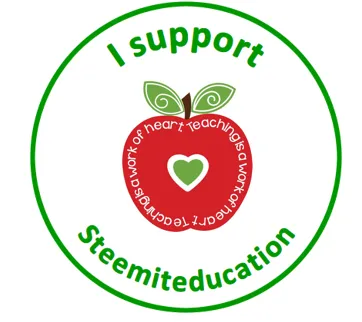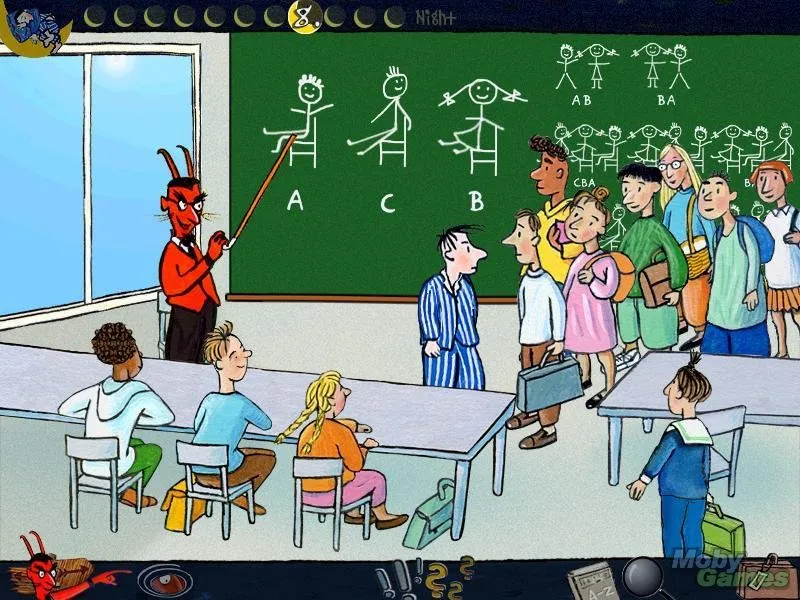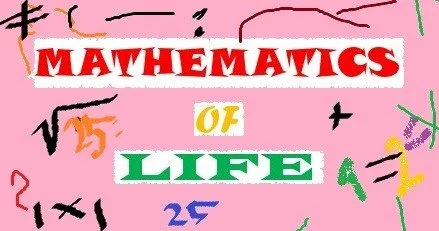As we know, Mathematics is one lesson that is less liked by students, such as boring math, difficult and not fun, so students are lazy and do not like learning math, it is no wonder that the value of mathematics students in every school tend to be a little.
One of them, caused in the process of learning mathematics teachers tend to be too concentrated on the exercise of the problem is more procedural and mechanistic than understanding. In learning activities, teachers usually explain the concept informatively, give examples of problems, and provide practice questions. Math teachers generally teach by lecture and expository methods. In such conditions, students' opportunities to find and build their own knowledge do not exist. Most students only accept what teachers have prepared, students also tend not to dare to question material that has not understood the teacher, even though the teacher has given time to ask.
For example, when teachers teach broad formulas and tube volumes, the teacher simply gives the finished formula contained in the mathematics package without explaining where it was obtained. As a result students only memorize formulas without understanding the origin of the formula. Yet by explaining how to get the formula, students will more easily understand the concept and the concept will last long in the memory of students because they experience their own process to get the formula. In the learning process, teachers also rarely provide examples of relevant questions in the daily life of students or relate the material to the experiences of nayata that students have and demonstrate the benefits in a field of life. This causes the students not to learn meaningful, so the concepts obtained do not last long in the memory of students.
Based on the above phenomenon then comes the question, method, approach or strategy like what can train student ability in comprehending concept, involving student activity optimally and make math lesson become more meaningful and fun. One of the creative, innovative, and effective learning strategies in improving students' conceptual understanding of mathematics is the approach of Realistic Mathematics Education. Realistic mathematics education is a promising approach in mathematics learning. This is because in realistic mathematics education the learning process plays an important role. Learning routes, where students can find results based on their own efforts.
Realistic mathematics is a school-based method in which implementation places the reality and experience of students as the starting point of learning. Realistic mathematics education is developed based on the views of freundenthal who argue that
"mathematics is a human activity that emphasizes the activity of students to seek, determine and build their own knowledge necessary so that learning becomes student-centered".
Realistic mathematics education in the form of learning interdependent mathematical topic with the real world such as subjects other than mathematics or daily life in the environment can help students in solving the problem of understanding the concept, where in understanding the concept of students must re-state a concept and apply the concept or algorithm solving problems into everyday life, so by linking mathematics into real life will be easy to remember by students because students experience such problems themselves.
Realistic mathematics education is very suitable applied in learning mathematics because realistic mathematical approach relates learning process with real life or daily life of student. The role of teachers in realistic mathematics education is as a learning facilitator, teachers can only build interactive teaching, teachers should build opportunities for students to actively contribute to their learning process and actively assist students in interpreting real issues. Characteristics of realistic mathematical education are using real-world contexts, using models, using student production and construction, using interactive and linked uses.
And teachers can accompany learning by using visual aids, or objects that students can see directly to help the learning process, so that students easily understand and the learning process is more fun and not boring. Realistic Mathematics learning also makes the learning atmosphere less rigid, even as not learning, or learning while playing.
#steemiteducation
@steemiteducation


